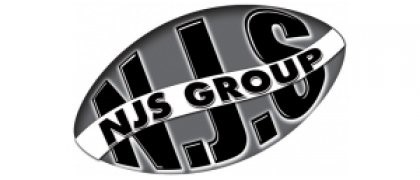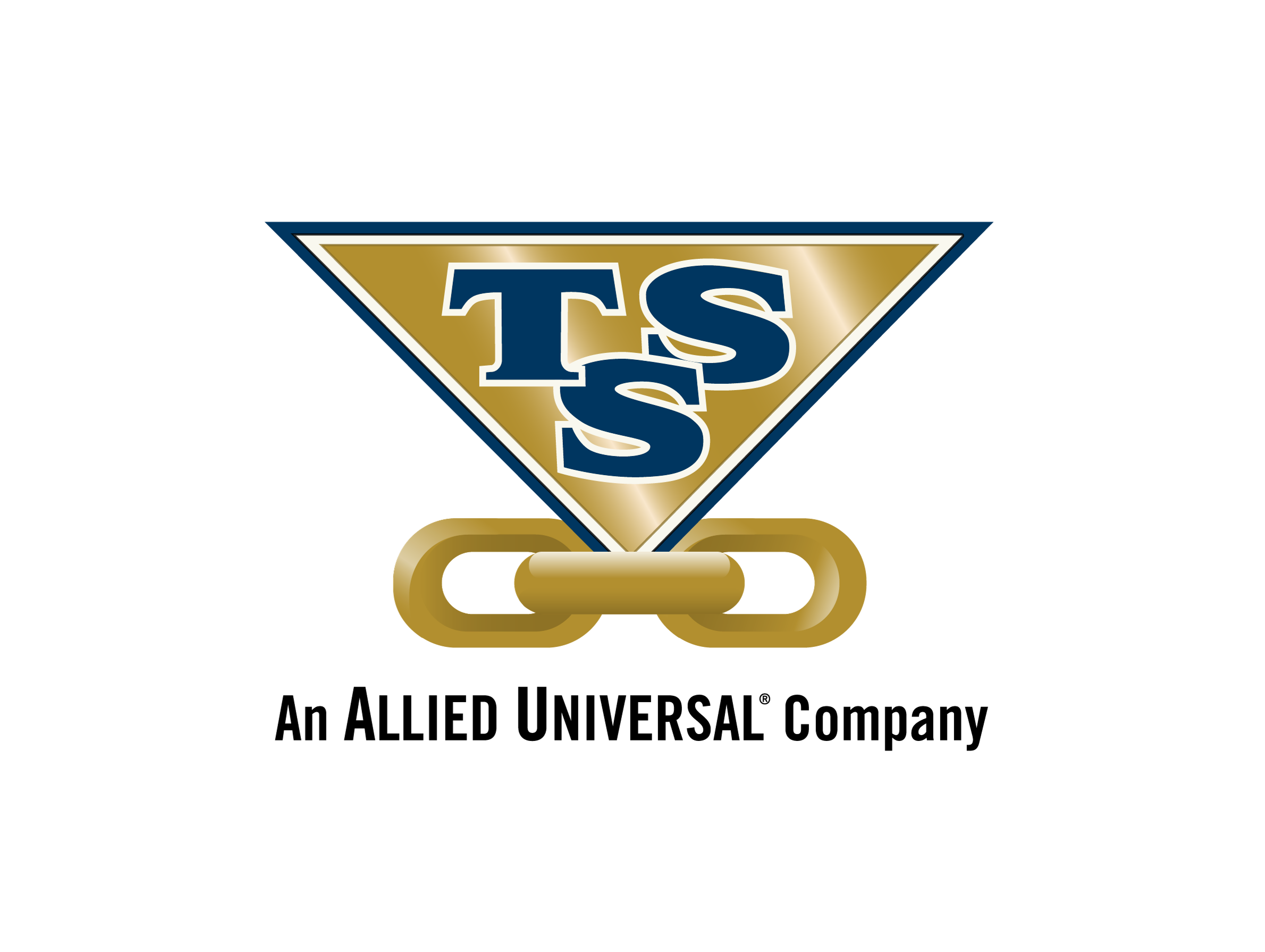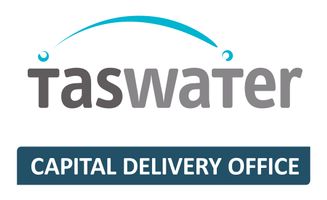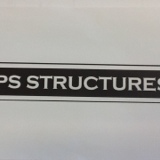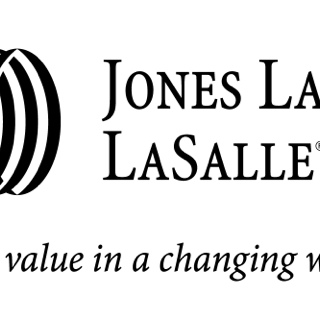Title Page
-
Facility Name
-
Conducted on
-
Prepared by
-
Location
STORM WATER POLLUTION PREVENTION
-
Is SWP3 current and available for inspection?
-
Are there revisions that need to be made to the SWP3 plan?
-
If revisions have been made, are they noted in the revision log?
-
Management Certification page current?
-
Delegation of Signatories current?
-
NOI in binder?
-
Permit certificate in binder?
-
Is management and team member contact information current?
-
Is the site map current with equipment, structures, stockpiles and outfalls?
-
Is material inventory list current?
-
Have employees been trained on the SWP3 plan within the past year?
-
Are the Daily Environmental Reporting forms up-to-date?
-
Are Monthly Environmental Inspections current?
-
Quarterly Visual Monitoring Reports up-to-date?
-
Annual Inspection conducted within past year?
-
Annual DMR available (past 3 years)?
-
Annual Metals DMR available (past 3 years)?
-
Bi-annual Benchmark Reports available (past 3 years)?
-
Is there a rain gauge located on-site?
-
Is the Rain Log up-to-date?
BEST MANAGEMENT PRACTICES
-
Are all BMP’s required by the SWP3 being implemented?
-
Are all drums/totes containing petroleum products within secondary containment?
-
Is the volume of secondary containment adequate?
-
Is there any discoloration present in secondary containment and surrounding area?
-
Are containers, drums, bags properly labeled and closed when not in use?
-
Is there any evidence of cracks or leaks in drums?
-
Are oil, grease and maintenance chemicals stored indoors or sheltered from rain?
GOOD HOUSEKEEPING
-
Any evidence of uncontained garbage or refuse?
-
Is area around trash dumpster and in storage areas clean and orderly?
-
Are chemicals being stored in proper containers and clearly labeled?
-
Containers stacked according to manufacturer’s instructions?
-
55-gallon drums are stored on their side when not inside or under cover?
-
Scrap metal stored in scrap bin or in designated area out of the path of storm water runoff?
-
Surface coating area in dry/clean condition?
-
Abrasive blast area in clean condition?
-
Are production areas neat and clean?
STRUCTURAL CONTROLS
-
Are the weirs and containment pit clean and maintained?
-
Is there a buildup of sediment that needs to be removed?
-
Is process water flowing through the weirs and pit as designed?
-
If equipped with pumps, are they working and are they being used as designed?
-
Is excess waste material removed from the property as soon as possible?
-
Are waste piles located away from the properly line as much as possible or kept within concrete block bins?
EROSION CONTROL
-
Are unpaved/unused areas planted with grass or other vegetative cover to prevent erosion?
-
Is there evidence of soil erosion?
-
Are areas with sheet flow or under construction utilizing aggregate filters?
-
Are additional measures such as reseeding or mulching needed in areas of vegetation growth?
-
Are dikes, berms, swales, and other storm water diversion structures properly maintained?
OUTFALL(S)
-
Are all the outfall(s) on the property accessible?
-
Is there vegetation at the outfall(s) that needs to be trimmed back or removed to help with access?
-
Do the outfall(s) have sediment filters?
-
Do the outfall(s) show signs of discharge? (i.e., sediment, erosion, standing water, etc.)
-
Was any evidence of negative impact observed?
-
Have any exceedances occurred?
-
If so, were they reported and documented to the applicable agency?
-
If so, have proper changes been made to the SWP3 to prevent reoccurrence?
SPILL PREVENTION AND RESPONSE
-
Is SPCC current and available for inspection?
-
Are there revisions that need to be made to the SPCC plan?
-
Have employees been trained on the SPCC plan within the past year?
-
Are all containers clearly labeled?
-
Are spill kits located in all appropriate areas?
-
Is secondary containment provided around liquid storage areas?
-
Has there been an identifiable spill or leak since the last annual inspection?
-
If so, was the volume considered a reportable quantity (RQ)? (25-gal to ground/sheen on water)
-
If spill is a known RQ, was proper notification made and report form filled out?
-
Were spill kits replenished?
-
Was the material/liquid properly disposed if oil was present?
EQUIPMENT MAINTENANCE
-
General maintenance regularly performed on equipment and vehicles to prevent leaks?
-
Was any leaking equipment observed?
-
Are drip pans and absorbents used under and around leaky vehicles/equipment and during daily maintenance?
-
Are clean-up materials and response equipment readily available?
-
Are there potential spill situations on-site?
-
Are used vehicle fluids, oil filters, paint and batteries being recycled?
-
Are there any unusable or outdated materials that can be removed or properly disposed of?
PETROLEUM STORAGE TANK(S)
-
Does the tank show signs of rust or corrosion and need to be repainted?
-
Are tank labels/ markings legible and in good condition?
-
Are there signs of leaking from pipes, couplings or connections?
-
Is the tank fill-pipe equipped with a spill containment box?
-
Is the fill-pipe spill containment box free of spills and trash?
-
Is the fill-pipe equipped with a check-valve?
-
Is the fuel nozzle and hose in good condition?
-
Is fuel hose equipped with a hanger or other device that allows the hose to be hung up after each use?
-
Fuel hose equipped with a breakaway device?
-
Is the fuel nozzle capable of being locked after hours to prevent unauthorized use, theft or vandalism?
-
If equipped with secondary containment, are the walls in good condition? (i.e., no cracks or signs of seepage, etc.)
-
Is there standing water inside the secondary containment that needs to be drained or pumped out?
-
Does the containment have drain plugs in place or ball valves that are closed and locked when not in use?
-
If the containment was drained, has it been logged on the secondary containment drainage log form?
-
Are there signs of spills inside the containment or around the fuel pump that need to be cleaned up?
-
Is there trash inside the containment area that needs to be removed and disposed of properly?
-
Is the containment area free of wind-blown dirt and debris?
-
Are trash receptacles with lids available in the fueling area?
-
Is the Emergency Shut Off switch clearly labeled and accessible?
-
Is there a spill kit available?
-
Is the spill kit labeled and stocked with supplies?
DUST CONTROL
-
Silo-top dust collectors working properly?
-
Central dust collector working properly?
-
Pulse-jets and/or vibrators on the bag-house(s)/dust collector working?
-
Central dust collector minimum 100’ from property line?
-
Dust collector inspections conducted monthly?
-
Filters in the bag-house(s) and central dust collector changed out on a regular basis?
-
High-level alarms maintained and working properly?
-
Is the loading boot and shroud in good condition?
-
Is there material buildup inside the shroud or vent line(s)?
-
Are there visible dust emissions from the plant during the loading of mixers or during the delivery of cement/fly ash?
-
All paved areas swept or watered regularly to help control dust?
-
Is a sweeper log maintained and current?
-
Are all material stockpiles kept within 3-sided bunkers?
-
Are the material stockpiles equipped with sprinklers?
ADDITIONAL NOTES
-
Additional Notes
SIGNOFF
-
Inspector's Name & Signature






